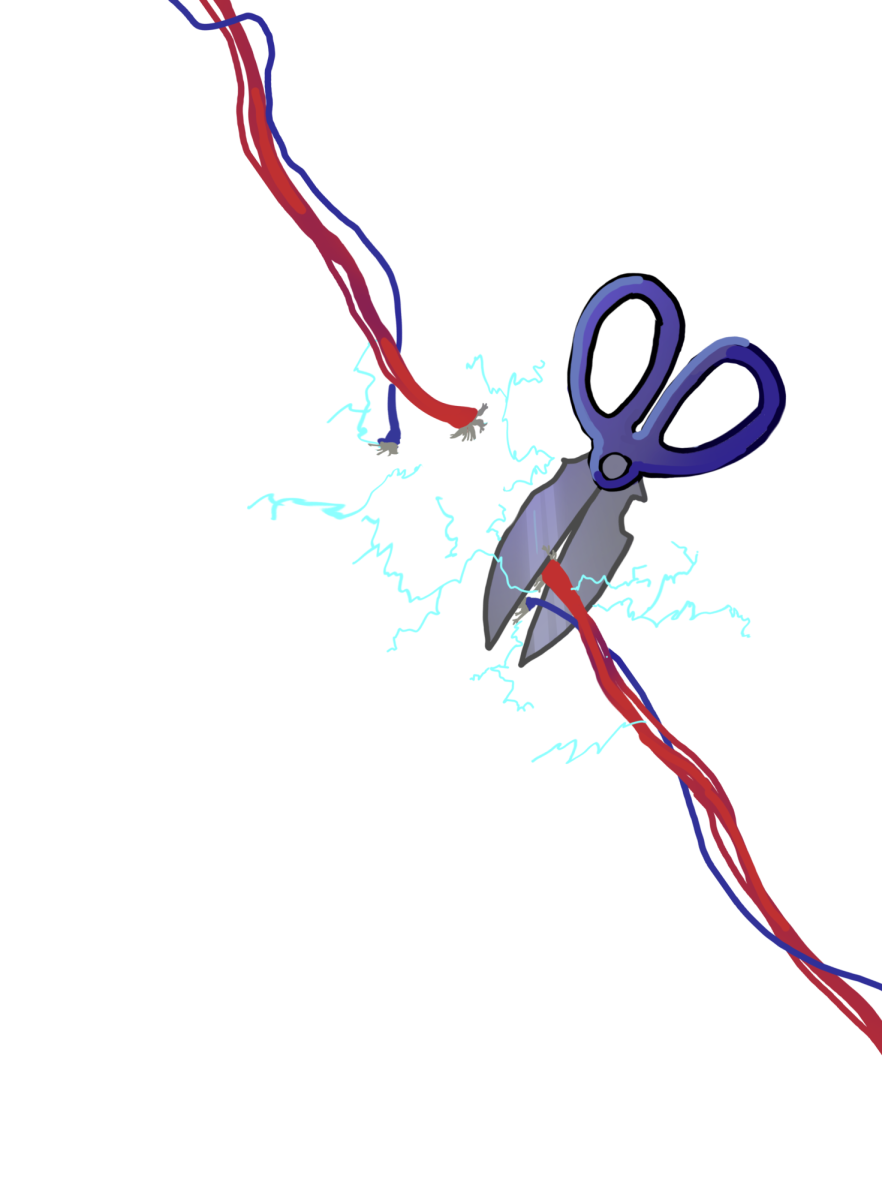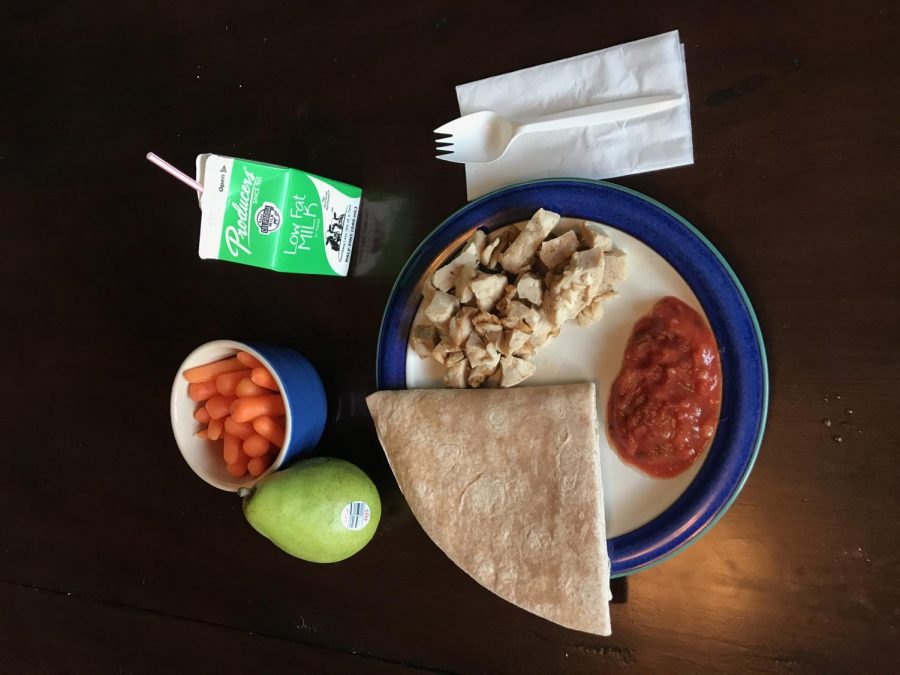School lunches and breakfasts across the country will look different next year.
The Department of Agriculture (USDA) has implemented new rules to lower salt and sugar in meals eaten by more than 30 million schoolchildren.
“The new standards build on the great progress that school meals have made already and address remaining challenges – including reducing sugar in school breakfasts,” USDA’s Food and Nutrition Service Administrator Cindy Long said in the news release.
Sneh Nair, the director of nutrition services for San Juan, said she was prepared for the update. She sits on the board of the California School Nutrition Association, and has taken a role in this change of school menu.
“We have been discussing this rule for many many months,” Nair said. “One of the biggest opinions we’ve had was why schools only [take on the change of less added sugars]?”
By fall of 2025 new nutrition requirements the USDA announced will limit added sugars in foods like cereal, yogurts and more.
“At this point I only see one cereal that we will not menu even starting this week,” Nair said. “That would be the Honey Nut Scooters.”
In 2027 sodium in breakfasts will be reduced by 10% and 15% in lunches.
“For sodium, I’d say we’re meeting the regulations already,” Nair said. “I’m on top of that. What we are currently serving met all the requirements.”







































Karina Brown • May 24, 2024 at 12:14 PM
I think this will probably be a good change. I hope the new requirements won’t decrease the food quality or taste but I think some regulation is necessary when it comes to nutrition. Hundreds of kids eat food from Rio everyday so it’s important that they’re getting healthy, nutritious food.
Kade • May 22, 2024 at 8:45 AM
I think this is a good thing. A reduction of salt and sugar would increase healthy eating habits. It’s a good thing that the food at Rio already meets these new regulations.
Dean • May 20, 2024 at 8:46 PM
I find this to be a good change. Much of the school lunches don’t seem to be too healthy; it would be nice to see some changes and introduction of new foods.
Evan Nguyen • May 20, 2024 at 11:33 AM
I think the USDA is making a change in the right direction for kids’ nutrition. Many of the current school lunch options are high in sodium and will affect kids’ health down the line. Sodium won’t directly affect the important nutrition that food may have like protein and fiber.
David • May 20, 2024 at 9:54 AM
I think this is overall a good thing. School food should be nutritious and healthy. Many kids eat school food every day, and high amounts of sugar in the food were given is definitely bad for us. Reducing this is a step in the right direction.
Grant E • May 19, 2024 at 11:26 PM
It’s interesting to see reforms to the school lunches. Although I don’t eat them myself, it seems that the student body cares more about the taste of the food rather than the quality, which is something that I feel would be a more fruitful endeavor. All points behind me, this is a very informative article on the new policy of the USDA regarding our lunch program here at rio.
Volod • May 19, 2024 at 11:08 PM
I don’t think this is a completely horrible idea, but at the same time, I don’t fully agree with it. Some of the food items in our cafeteria do have a lot of sugar. However, I think we should still have some days of the week where we are given the option of tastier food instead of completely nutritious food.
AS • May 19, 2024 at 7:03 PM
I think this is a great step forward for the USDA to take. Nutrition is vital and should be available to all students. Reducing sugar and sodium levels will help create a more healthy balanced meal. This will widen the nutrition availability of students who rely on school meals.
Aaron Holst • May 19, 2024 at 3:12 PM
I have always found the lunches to be surprisingly decent. While never tremendous there has always been something I could eat, although I’ve always felt that the portions were a bit small. This change could change that, though, making me a little bit nervous.
Joseph VanDenBerg • May 18, 2024 at 2:35 PM
Lowering the amount of sugar and sodium in our meals is an intriguing decision. On the one hand, those two macronutrients are crucial in causing diabetes and heart problems. They contribute immensely to these problems. However, I feel like we also miss out on other food sources. For example, protein is a macro that I think is undervalued and used within our meals. We could put more effort into diverse meals containing all the macro-nutrients we need. It is good that we are in a position where our district does not need to change. Overall, I hope that the menu change goes well, and that we can be one step closer to solving issues that involved diets and food.